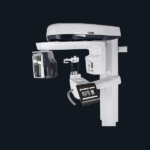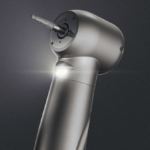
A blood test is a lab analysis of things the test may help you find in your blood. Your doctor may suggest blood tests to track how well you manage a condition such as high cholesterol or diabetes. You may also have them for routine checkups or when you are ill.
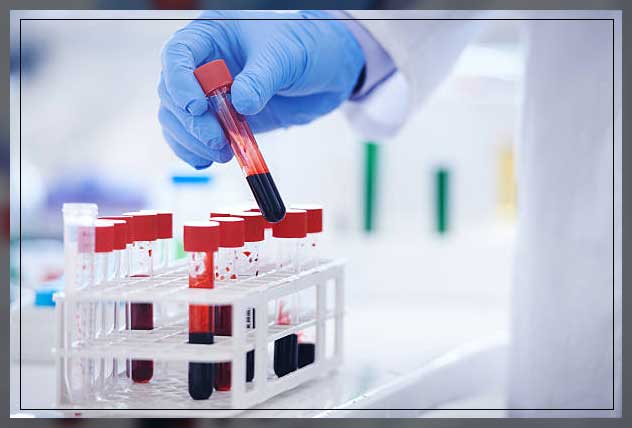
To know more about blood tests, keep reading below.
What is a Blood Test?
Blood tests help measure or examine your blood’s cells, proteins, chemicals, or other substances. Blood testing, also known as blood work, is one of the most common lab tests. Your doctor with include blood work as part of a regular checkup.
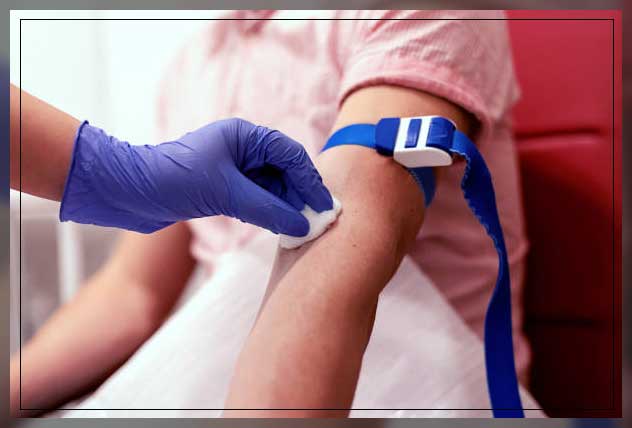
Blood tests are also used for the following reasons:
- They help diagnose certain diseases and conditions.
- You can monitor a chronic illness or condition, such as high cholesterol or diabetes.
- The test can help find out if treatment for a disease is working.
- Check how well the organs in your body are working. Your organs include your liver, heart, kidneys, and thyroid.
- Your doctor can use it to help diagnose bleeding or clotting disorders.
- Find out if the immune system is having trouble fighting infections.
What are the Different Types of Blood Tests?
Are you aware of the different types of blood tests? Some of the common ones include:
- Complete blood count (CBC). This test measures different parts of your blood, including red and white blood cells, hemoglobin, and platelets. A CBC is often included as part of a regular checkup.
- Basic metabolic panel. This group of tests measures certain chemicals in your blood, including glucose, calcium, and electrolytes.
- Blood enzyme tests. As you might know, enzymes are substances that control chemical reactions in your body. Hence there are many types of blood enzyme tests. Some of the most common types are troponin and creatine kinase tests. Your doctor will use both these tests to determine if you have had a heart attack and if your heart muscle is damaged.
- Blood tests to check for heart disease. These include cholesterol tests and a triglyceride test.
- Blood clotting tests. It is also known as a coagulation panel. With the help of the test, your doctor can quickly check if you have a disorder that causes too much clotting bleeding or too much bleeding.
Blood tests can give your doctor a lot of information. They can see if certain elements in your blood are in a normal range. But in most cases, blood tests are only part of the information your doctor may need to make a diagnosis of a health condition. You might also suggest some other types of tests as well to diagnose your condition.
What Happens During a Blood Test?
First, your health care provider will need to take a sample of your blood. This process is also called a blood draw. It is known as venipuncture, when a blood draw is taken from your vein. The blood is generally taken from your arm or hands.

During venipuncture, your lab professional, known as a phlebotomist – will take a blood sample from a vein in your arm. They use a fine, small needle to do the task. After the needle is inserted, your specialist will collect a small amount of blood into a test tube or vial.
You may feel a little sting when your specialist inserts the needles. It usually takes less than five minutes. Venipuncture is the most common way to do a blood test.
Other ways to do a blood test are:
- A finger prick test. This test is usually done by pricking your fingertip to obtain a small amount of blood. Finger prick testing is generally used for at-home test kits and rapid tests. Rapid tests are indeed easy-to-use tests that provide speedy results. These rapid tests require little or no special equipment.
- A heel stick test. This test is mostly done on newborns. Your doctor will clean your baby’s heel with alcohol during a heel stick test. Then they will poke the heel with a small needle. The provider will collect a few drops of blood and put a bandage on the site.
- Arterial blood test. This test is done to measure oxygen levels. Blood from arteries has higher levels of oxygen than blood from a vein. So for this test, blood is taken from an artery instead of a vein. You may feel a sharp pain when the provider inserts the needle into the artery to get the blood sample.
Preparing For Blood Test
For most kinds of blood tests, you do not need to prepare. Your doctor would need the tests to see what your blood is like under normal conditions.

For some blood tests, you might have to not eat (fast) for a certain amount of time before the blood test. It usually means no eating or drinking anything after midnight till the test is done. These tests are often scheduled for early in the morning. Your doctor will let you know if you need to fast before a blood test.
You do not need any special preparations for most blood tests. You might need to fast for some tests by not eating for several hours before your test. Your doctor will let you know if there are any special instructions.
The Procedure
In order to test your blood, your technician, called a phlebotomist, will use a needle to take a sample of blood. Tell your specialist – if the sight of needles makes you nervous. They can help you feel more at ease. You can also look on the other side during the procedure. You can also bring a family member or friend to help distract you during the procedure.

In most cases, your specialist will take the sample from a vein in your arm. You will most probably be seated or lying down. They may also ask you to make a fist.
Next, your technician will tie a rubber band around your arm where they plan to insert the needle. Once they identify a vein, your technician will clean the area and insert the needle.
Initially, you might feel a small prick. Once your technician has drawn enough blood, they will remove the needle and put an adhesive bandage over the area. They may ask you to press firmly on the site to stop bleeding.
After the Procedure
Your blood sample will be sent to a lab for examination. Your trained technicians then look for the information the doctor has ordered. The process might take a day or up to a week or more. Check back with your doctor’s office to find out about the results. Your doctor will prescribe medicines, depending on the results.
Are There Any Risks to the Blood Test?
It is important to note that there is minimal risk of having a finger prick test or venipuncture. During the venipuncture, you may experience slight pain or bruise at the spot where the specialist inserted the needle. But most of the symptoms go away quickly.
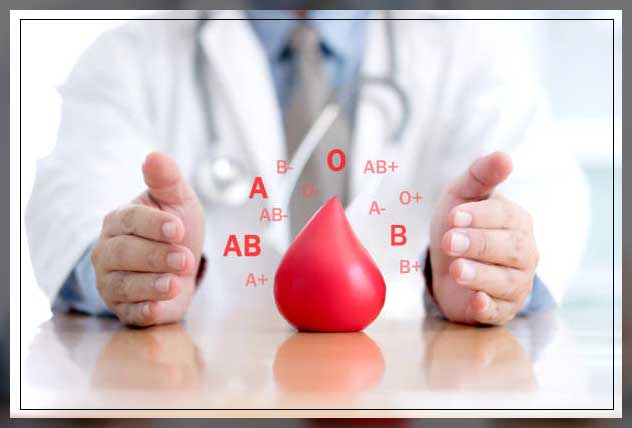
Just relax. There is minimal risk to your baby with a heel stick test. Your baby might experience a little pinch when the specialist pokes the needle. After which, a small bruise may form at the site.
It is essential to know that collecting blood from an artery is generally more painful than ordering from a vein, but complications are rare. You may have bruising, bleeding, or soreness at the spot where the needle was inserted. Also, you may avoid lifting heavy objects for 24 hours, especially after the test.
Important Things To Know About Blood Tests?
Blood tests can provide vital info about your health. But it does not always give enough info about your condition. If you have blood work, you might need other types of tests before your doctor can make a diagnosis.
How to Read Blood Test Results
Every laboratory or test-providing company might indeed structure its result reports differently. However, they must all include the same components as mandated by federal legislation.
You can find some of the info, like the date the test was done, the person who did the blood test, and the name of the doctor who ordered the test. If you want to understand the results, you can look for the following.
1 Quantitative test result. Test results will typically be written out numerically in cases when the test measures the number of parameters. For example, if the test measured the amount of cholesterol in your blood.
2 Abnormal markers. Often, a lab report will include some marker. It will let you know if a result is outside the regular interval, meaning if it is abnormal. For example, you might see the letter H to indicate high, and the letter L to indicate low. Or even WNL for “within normal limits.” You might also see an asterisk and some additional comments when the text if your results become highly abnormal. In this case, you need to visit your doctor with the result or give them a call.
3 Reference range. Note that every laboratory will have its reference range for every test. Typically, this reference range will be written in your lab report next to the numerical value of your result. It will allow you to see where your result falls in the range.
Takeaway
Blood tests can offer you a good snapshot of your overall health, which your doctor can use to diagnose your illness. They are also an excellent method to catch illness or disease early. With these tests, you can see how well your body responds to treatments for various conditions.
Many individuals get routine blood tests done at least once a year. You can talk with your doctor to learn whether there are any other tests you might need to ensure your optimal health.
Read other related topics like hand sanitizer, hand sanitizer spray, face mask, medical mask, BPA free product, and more.


